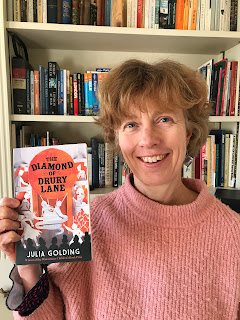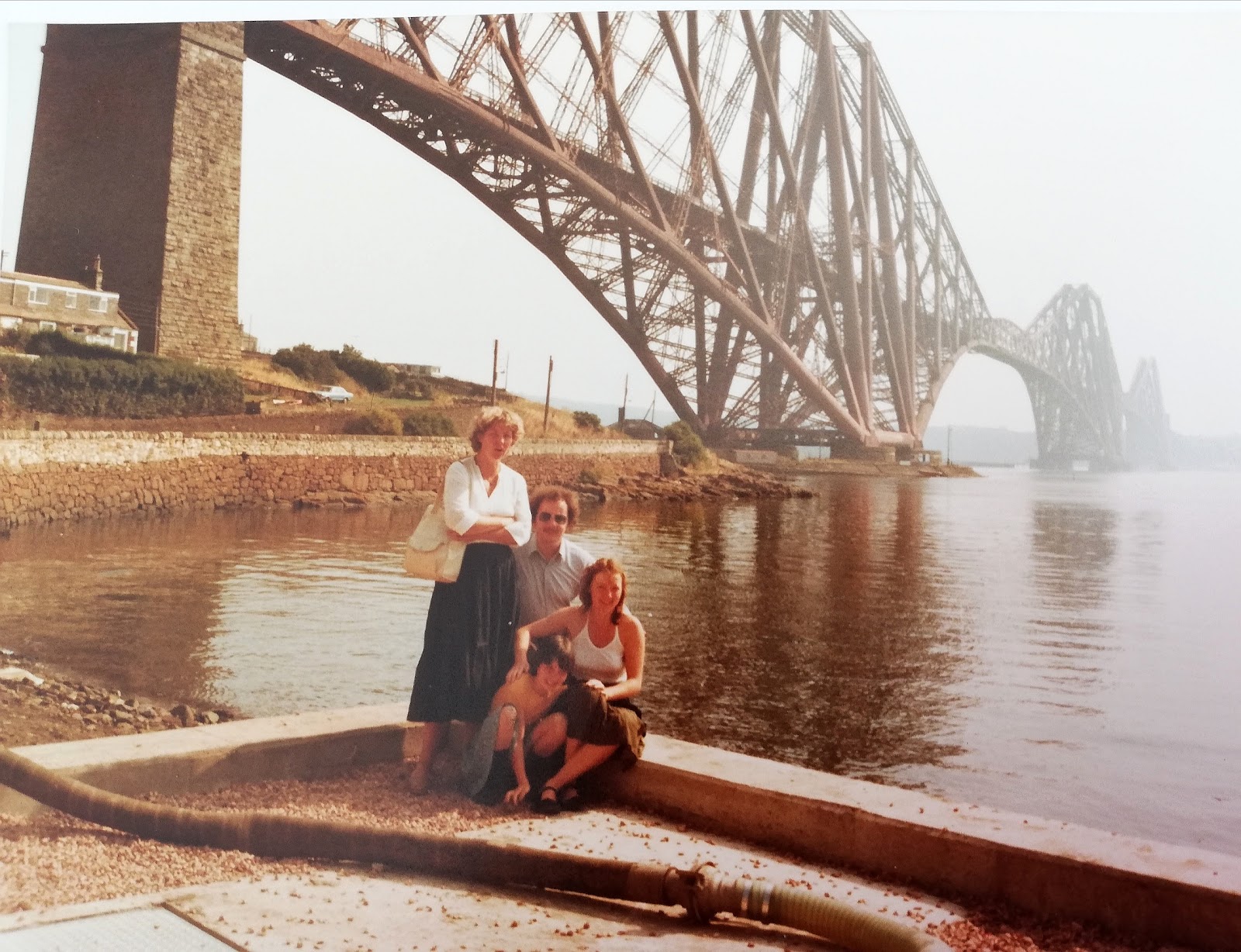With history we often talk about silent voices – those who have no voice and who had no chance to tell their story. Children could be perceived like that. The period I am passionate about is the Second World War and children play quite a role in it. Many of those roles were all about humanity and freedom.
The reason I am interested in the Second World War is because I was brought up on stories about it. My parents were teenagers at the beginning of the war. My father lied about his age so he could join up early. He drove tanks initially before becoming an officer in the Parachute Regiment.
My mother joined the WRNS and led quite a life, which she loved telling me about.
The perception of children in the UK during the Second World War was that they were evacuated. And yes, over a million children were evacuated with their schools from towns and cities to the safety of the countryside. Most went by train and were settled with foster parents. For some who’d never been outside their cities it was an adventure; for others they were desperately homesick. It was hard to adjust to being separated from family and friends. One of my favourite books about evacuees is
Good Night Mister Tom by Michelle Magorian.
However, for those who stayed in the cities things might have been very different. During the Battle of Britain, they might have watched the planes of the RAF and Luftwaffe in dog fights above them. During the Blitz itself, 7,736 children were killed and 7,622 were seriously wounded. The Blitz meant many children were orphaned or a sibling might have been killed during the bombing.
Their education was also disrupted as schools were damaged. Often, they might have to leave their classrooms when there were air raids. Many children pulled their weight. During the war, children left school at the age of fourteen and would be in full-time work, maybe agriculture, offices or major industries. Those over sixteen, including Girl Guides and Scouts assisted with Air Raid Precautions during an air raid. They’d take messages, be fire watchers or work with the voluntary services. Boys received their call up papers at eighteen, and soon girls were also conscripted, so would receive call up papers too. Check out Phil Earle’s book,
When the Sky Falls. It deals with a lot of the issues that children had to face.
It wasn’t just the teenagers; younger children did their bit too. They’d salvage scrap metal, paper, glass and waste food for recycling. Also ‘digging for victory’. They still got a chance to be children though. They might have homemade toys. Books and comics were very popular. Children would happily play on bombsites and sometimes go to the cinema.
Children in Britain at least did not have to face the threat of persecution – unlike those in Europe. In both my books,
Flight and
Safe, the main characters Jakob and Kizzy constantly face the threat of persecution as one is a Jew and the other has a Romani background. In
Safe, I also introduced the idea of 'Lost Children’ or Found Children as I called them. These were children that moved around Europe in packs at the end of the Second World War having lost all their relatives so they only had each other. Can you imagine how resourceful they had to be to keep themselves safe and alive?
Nazis had a tendency to pick on children. They would target them for racial reasons, or because they looked disabled, or if they had a suspicion they were linked to political activities/the Resistance. 1.5 million Jewish children were murdered by the Nazis – thousands of Jewish children were saved by being hidden away. The Nazis also murdered tens of thousands of Romani children, and 5000-7000 physically and/or mentally disabled children were also murdered. The Nazis were very cruel - this was all driven by Hitler’s desire to have a ‘perfect race’.
This is a child’s shoe found at Auschwitz, displayed at Peace Museum, Caen, France.
As well as the concentration camps, Nazis created ghettos. Within the ghettos, Nazis considered the younger children to be unproductive because they couldn’t work so were named ‘useless eaters.’ Children in ghettos often died of starvation, disease, lack of clothing and shelter. If you want to know more about this time, Morris Gleitzman’s
Once and Ian Serraillier’s
The Silver Sword are powerful books based on true stories.
Children didn’t accept their countries being invaded or their friends being humiliated. They stood up to the Nazis in their own way whether it was in France, Netherlands, Belgium, Poland, or Czechoslovakia. All over Europe children stood with their parents in the Resistance to fight the anti-Nazi cause. Some maybe wanted adventure, some were desperate.
The resistance might take a childish form such as burping in soldiers’ faces or singing patriotic songs. Sometimes they would co-ordinate coughing fits when they were supposed to be watching Nazi propaganda films.
Their innocence could be of benefit though. No one would question a little girl pushing her doll’s pram, not realizing there were books hidden inside, taken from school to stop them being burnt, or a message maybe, or even a gun. The children might be used to hide or escort a shot down pilot or escaped prisoners of war. The danger was constant. A sixteen-year-old girl, whose parents had died, successfully hid thirteen Jews in her house to keep them safe, while looking after her younger sister.
Check out Tom Palmer’s book
Resist which is based on Audrey Hepburn’s war time experiences, getting information and passing messages to the resistance, while living in the Netherlands.
I want to keep remembering how brave these children were and I know in many wars all over the world there are many children being equally as brave.
Bio
Vanessa Harbour is a Senior Lecturer in Creative Writing at the University of Winchester. Previously she ran her own PR & Management consultancy. Also, she used to work as an editor and Academic and Business Consultant at the Golden Egg Academy, and now writes online courses. She’s written for The Bookseller on being a disabled author.
Flight, Vanessa’s first novel, is a World War II middle-grade thriller selected for Empathy LabUK’s Read for Empathy Collection 2020.
Safe is Jakob and Kizzy’s second adventure, set against the last days of the War, involving horses and this time some ‘lost children’.
Social Media
Twitter @VanessaHarbour
Facebook https://www.facebook.com/VanessaHarbourAuthor
Instagram @nessharbour
Tik Tok @nessharbour
YouTube: Channel: Vanessa Harbour https://www.youtube.com/channel/UCMZcIV7Ql2bPE1YeZFRwAlw
Bookseller:
https://bookwagon.co.uk/

























